Specializing in Head and Brain Injury Therapy
Head injuries can impact cognitive, social & emotional skills. Our team delivers specialized physical & occupational therapy for independence. Contact us today.

Type of Head Injury
Several types of injury can affect the head, necessitating physical therapy. It can range from recurring headaches to chronic conditions that affect a person’s way of life. The most common conditions are:
- Brain Hemorrhage
- Brain Tumors
- Concussion
- Disorders of Consciousness
- Gait Disorders such as Dystonia, Chorea, Huntington’s Disease, Ataxia
- Hydrocephalus
- Multiple Sclerosis
- Parkinson’s Disease
- Stroke
- Traumatic Brain Injury (TBI)
- Vestibular
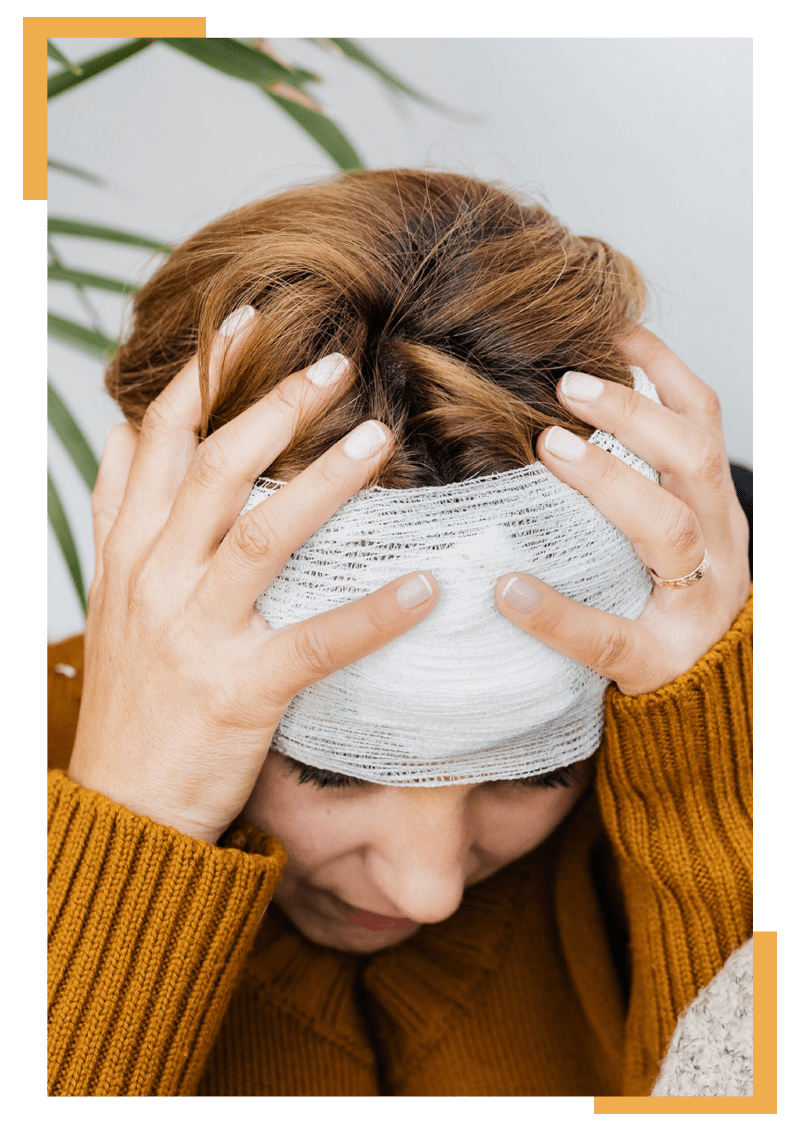
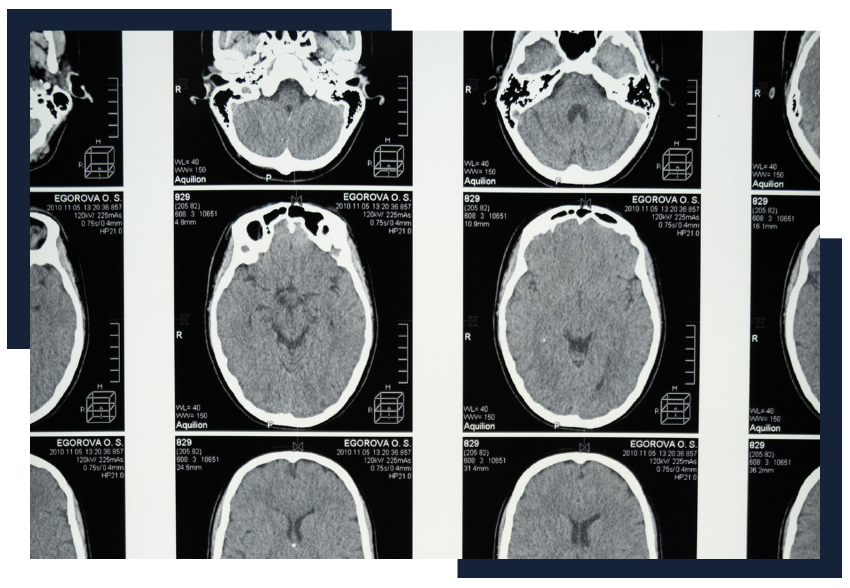
Brain Hemorrhage
It is a form of stroke caused when an artery in the brain bursts leading to localized bleeding in the nearby tissues. The bleeding leads to the death of brain cells. Swelling occurs because of trauma when blood irritates brain tissues, referred to as edema. The blood collects in a pool forming a mass called a hematoma. The two conditions cause pressure to rise on the nearby tissue reducing blood flow and killing the brain cells.
Causes of Brain Hemorrhage
Brain hemorrhages have multiple causes and risk factors.
- Trauma to the head, causing injuries mostly to people below the age of 50
- High blood pressure
- Amyloid angiopathy: An anomaly of blood vessel’s walls occurring from aging or high blood pressure
- Aneurysms: A weakening in the blood vessels causing swellings that burst, causing a stroke
- Blood disorders: Sickle cell anemia and hematoma are conditions that can lead to decreased clotting and blood platelet levels. Blood thinners are also known to lead to this issue.
- Brain tumors
- Liver disease: Linked to bleeding complications
Management and Treatment
Treating the condition is determined by the cause, the location, and the extent of the bleeding. Most often, surgery is required to alleviate the brain tumor. A doctor can also prescribe medication.
Once a patient has gone through treatment, physical therapy for stroke patients is necessary. With this, a patient can regain brain function. Speech therapy can help a patient learn how to talk again. At OneRehab, we map out a rehabilitation program to help the patient recover.
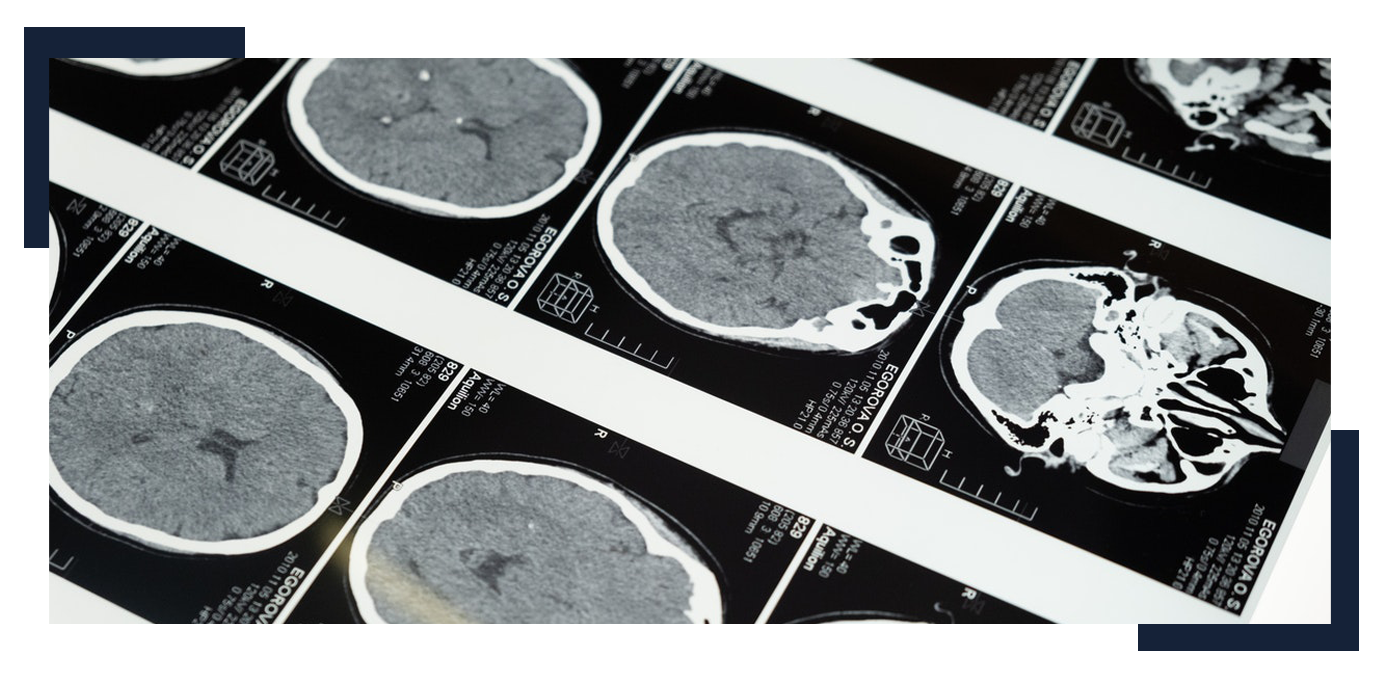
TBI Physical Therapy - Brain Tumor
A mass or collection of abnormal cells in the brain is referred to as a brain tumor. Any growth inside the skull’s rigid area can result in issues. Whether malignant or benign, they can cause increased pressure inside the skull leading to brain damage.
Causes of Brain Tumor
There are many types of brain tumors, and they are grouped into primary or secondary tumors. The risk factors for brain tumors are family history, age, exposure to chemicals, race, and radiation exposure.
Symptoms
- Headaches worsening in the morning, while sleeping or when coughing or sneezing
- Double vision or blurred vision
- Confusion
- Changes in mental functioning
- Limb weakness or part of the face
Management and Treatment
Once a patient has gone through the treatment, rehabilitation is the next step. Our physical therapy center in Richardson provides patients with much-needed services, including physical, occupational therapy and a lifestyle change.
Treatment also depends on the type of tumor, size, location, and one’s general health. The most common way to treat this condition is surgery. The aim is to remove the mass that is causing damage to the brain. Radiotherapy and chemotherapy are also treatment options for a brain tumor.
Patient Wellbeing is Our Primary Concern
If you are looking for professional head injury therapists, then OneRehab is the solution.
Anoxic Encephalopathy
The condition stops blood flow to the head, leading to brain function loss due to oxygen deprivation. The disease commonly occurs as a result of poisoning from carbon monoxide or drug overdose.
Causes of Anoxic Encephalopathy
There are various ways a brain can experience oxygen deprivation.
- Chocking
- Respiratory or cardiac arrest
- suffocation
- strangulation
- Irregular heart rhythm leading to low oxygen supply to the brain
- Severe asthma attack
- Almost drowning
- poisoning
- Smoke inhalation
- Drug overdose
- General anesthesia complications
- Inhaling carbon monoxide
- Electric shock
- High altitude exposure
Anoxia, as it is also known, can affect a person’s general well-being. This disruption of normal function requires the best physical therapist for restoration. Working with our top specialists will help you or a loved one relearn daily tasks and restore wellness and fitness.
Symptoms of Anoxic Encephalopathy
- Difficulties with focus and thinking
- Headaches
- Losing consciousness
- Seizures
- Mood swings
- Clumsiness
- Reduced brain functions
Treatment and Management of Anoxic Encephalopathy
The cause of the condition dictates the initial course of treatment. It can entail raising oxygen levels through medication that also cools the brain, thus limiting problems.
It can take time to recover from anoxic encephalopathy; as a result, rehabilitation is necessary. You can get our skilled anoxic encephalopathy physical therapists to help retain motor skills, improve speech, or relearn daily tasks.
Concussion
It can occur after a blow to the head. Shaking the head violently and upper body can lead to concussions. Falling is one of the leading causes of concussions. Concussions are the leading physical therapy needs for TBI injuries.
Symptoms
Symptoms can include:
- Ringing in the ear
- Nausea
- Headache
- Vomiting
- Blurry vision
- Drowsiness
- Fatigue.
Concussion Management and Treatment
Physical and mental rest can help a patient recover from a concussion. Other forms of therapy can also be recommended. Physical therapy helps improve balance, thinking, and cognitive skills.
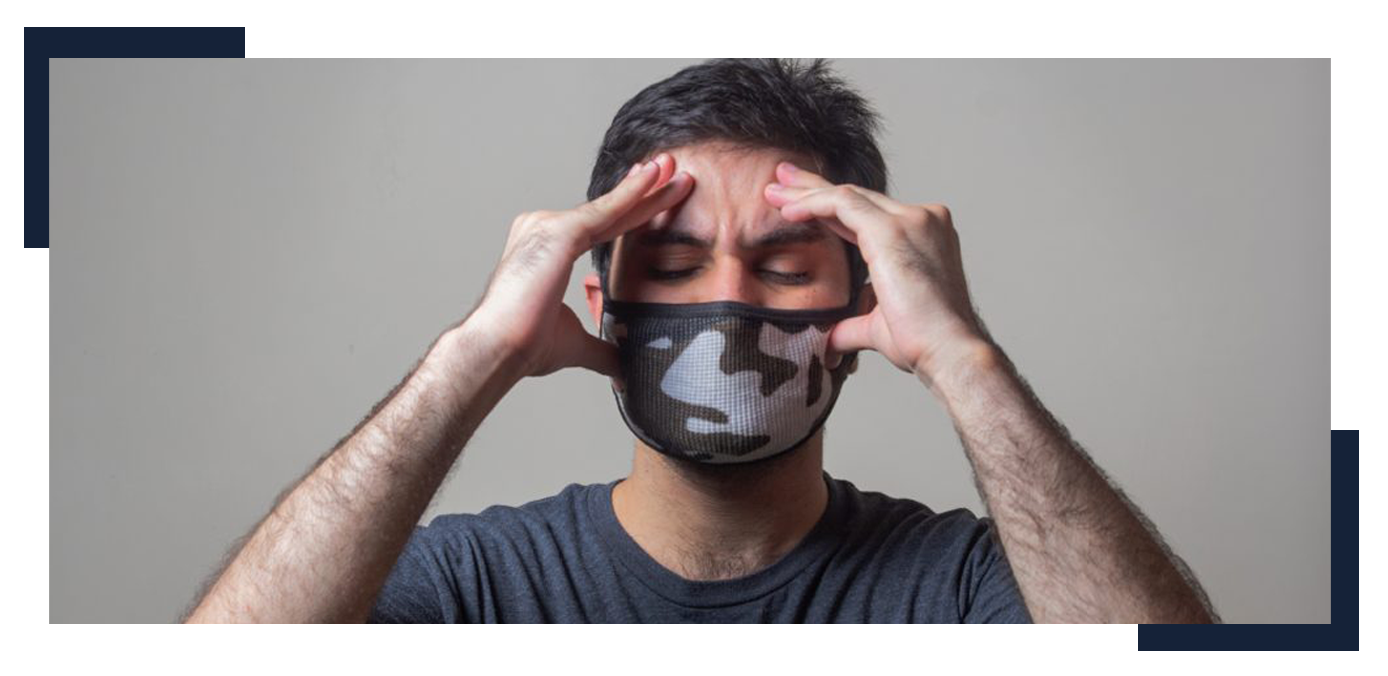
Disorders of Consciousness
It is also referred to as impaired consciousness. A person’s consciousness is affected as a result of brain damage. Consciousness needs one to be both awake and aware. Wakefulness refers to a person’s ability to have basic reflexes and open their eyes, while awareness refers to complex thought processes. Consciousness disorders are coma, minimally conscious state, and vegetative state.
Management and Treatment
When a person is in this state, they require a lot of care. We provide the best physical therapy treatment plan for patients with this condition. Our highly skilled professionals gently exercise a patient’s joints, preventing stiffness.

Gait Disorders
Gait refers to a person’s walking pattern. As you walk, coordination and balancing of the muscles are required, forming a stride rhythm.
Causes of Gait Disorders
- Degenerative diseases such as arthritis
- Foot condition
- Stroke
- A neurological condition such as Parkinsonian Gait
- Inner ear disorder
- Ill-fitting shoes
Management and Treatment
The cause of the condition largely dictates the treatment approach. Patients can use assistive tools such as walkers and canes if they have a balance issue. One of the most notable methods for improving balance, flexibility, and strength is physical therapy for gait disorders. We help patients by talking about their goals and taking them through a comprehensive exercise program.
Multiple Sclerosis
A patient with this condition has an immune system that attacks the protective sheath covering nerve fibers. It leads to a problem with communication between the brain and the entire body. As the condition progresses, it can lead to nervous deterioration and permanent damage. Symptoms of MS can include numbness, tremors, unsteady gait or lack of coordination, and electric-shock sensations when one moves the head.
Management and Treatment
There is no known cure for MS. However, patients can combine rehabilitation with medication to reduce inflammation. Multiple sclerosis physical therapy helps patients rebuild their lives. At OneRehab, we focus on assisting patients in building strength as well as stretching. Patients also require adaptation to using devices to help them in daily activities.
Hydrocephalus
The condition is characterized by a build-up of fluids in the ventricles. The fluids buildup increases pressure in the brain.
Management and Treatment
Treating this condition can vary depending on individual factors. Antibiotics or antifungal treatments can treat underlying conditions. Surgery can also assist patients.However, physical therapy is essential in managing balance disorders.
At OneRehab physical therapy clinic, we design a unique program to aid patients in balance retraining. We also equip patients with coping skills to address dizziness and safe strategies to reorganize their lives.
A shunt is a surgical brain drainage insertion containing a long flexible tube that keeps fluids flowing from the brain at the proper rate and in the right direction.
Additionally, a patient can require other forms of therapy, such as occupational therapy. At OneRehab, we provide unmatched treatment helping a patient develop everyday skills.
Parkinson's Disease
Parkinson’s Disease is a degenerative condition that gets worse over time. It affects the nerve cells controlling movement leading to shaking, stiffness, coordination, walking, and balance difficulty.
Management and Treatment
There is no cure for this condition. However, physicians can use medication to increase the brain’s dopamine levels and control non-motor symptoms. Other forms of treatment are recommended, such as occupational, physical, and speech therapies. If you are looking for physical therapy for Parkinson’s patients near me, we have a program designed to help with gait issues, rigidity, tremors, and voice disorders.

Stroke
A stroke happens when the brain’s blood supply is cut off or reduced, preventing brain tissues from getting nutrients and oxygen. It is a medical emergency whose immediate treatment is critical. A brain hemorrhage can lead to a stroke.
There are three types of stroke. An ischemic stroke happens when blood vessels narrow or gets blocked, leading to reduced blood flow.
Hemorrhagic stroke occurs due to a brain hemorrhage, while transient ischemic attack (TIA) is temporary and can last about 5 minutes.
Management and Treatment
Each type of stroke has different treatment techniques. It can include IV medication or emergency endovascular procedures to restore blood flow. Once the doctors restore blood flow, most patients require rehabilitation services. For such, stroke physical therapy helps a patient regain control of their lives. If movement or speech is affected, therapy helps a person gain the skills again.
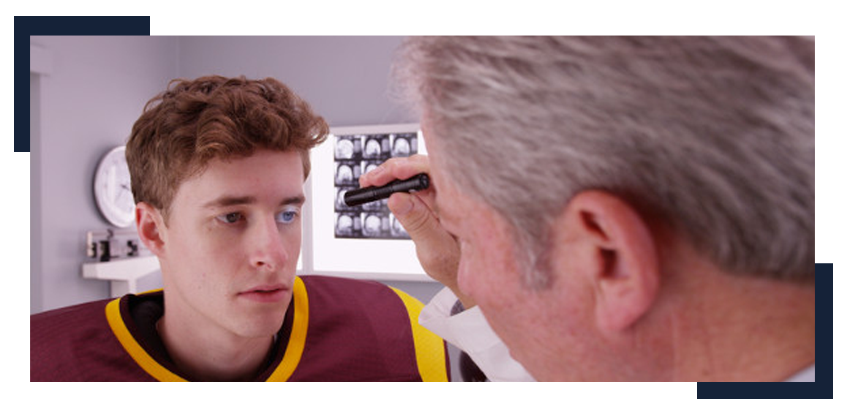
Traumatic Brain Injury (TBI)
TBI or traumatic brain injury is a result of a jolt or violent blow to the head. These injuries leave a wide-range of psychological and physical effects. Traumatic brain injury most common causes are sports injuries, violence, falls, collisions or explosives, and combative injuries.
Management and Treatment
A mild injury does not require treatment. Severe and moderate injuries require emergency care. In addition to making sure a person has enough oxygen, medication can reduce the brain tissue’s fluid amount. Patients can also go through surgery to remove blood clots, repair fractures, or stop bleeding.
After a significant brain injury, one can require rehabilitation. Some patients may need to be taught how to walk or talk again. Physical therapy for TBI patients helps them improve on this. We are the best therapy center for strength-building exercises tailored to a specific patient’s needs.

Vestibular
The vestibular system is comprised of some inner ear parts and the brain that control balance and movement of the eye. If a person has a disease damaging these sections, it is known as a vestibular disorder.
Signs and Symptoms
- Imbalance
- Vertigo
- Dizziness
- Hearing loss
- Nausea
- Impaired vision
- Brain fog
- motion sickness
- cognitive and psychological changes
Management and Treatment
Treating this condition can vary depending on individual factors. Antibiotics or antifungal treatments can treat underlying conditions. Surgery can also assist patients. Physical therapy is essential in managing balance disorders.
At OneRehab physical therapy clinic, we design a unique program to aid patients in balance retraining. We also equip patients with coping skills to address dizziness and safe strategies to reorganize their lives.
Head Injury Therapy
Treating a head injury is individualized because each condition is unique. Neurological rehab or physiotherapy differs from one patient to another. At OneRehab, we provide goal-oriented head injury therapy to achieve the desired results.
After a traumatic brain injury, a patient may need to learn basic skills such as talking or walking. Head injury rehab helps them rebuild their ability to perform activities of daily living. There are various aspects of neurorehabilitation that a patient needs after a head injury. A patient’s condition, such as its severity and the injured part, can determine the specialists who will be needed. At OneRehab, you will find the following rehab aspects.
Occupational Therapy for Head Injury
Brain injuries often affect a person’s ability to resume work or school. The injuries can affect behavior, cognitive, motor, and sensory functioning. Working with an occupational therapist can help treat a patient with these conditions. An OT identifies the areas of difficulty and assesses how they affect your life.
Once they do so, the occupational therapist for head injury then designs a treatment plan that outlines treatment goals. Some of the ways an occupational therapist can help a patient with a head injury include:
- Managing treatment fatigue
- Helps with strategies to improve memory
- Provides access to support
- Helps a patient return to work
- Teaches a patient how to travel effectively
- Manage anger and behavior
- Help you return to social activities or hobbies
- Teaches new techniques on how to perform activities of daily living
- Helps adjust the home to fit the patient’s condition
- Educates the patients and family and friends on how to handle the patient
- Advises on proper usage of assistive devices

Head Injury Physical Therapy
When you visit our clinic, our physical therapists will assess your condition. Whether it’s cranial sacral therapy for a head injury or addressing a concussion, the PT can choose various treatment methods.
- They can ask a patient to rest and recover. After a condition such as a concussion, the therapists can assess your work or school condition. With this information, they can advise you to take a break from strenuous activities to help the brain heal and recover.
- Exercises: The physical therapist can introduce physical exercises to help patients improve their condition.
- Manual techniques such as manipulation and mobilization are also ideal
- Training in self-care and how to perform ADL
- Use treatment such as hydrotherapy, cryotherapy, and electrotherapy to regain lost function
Head Injury Physical Therapy
Cognitive rehabilitation therapy can also help with head injuries. It focuses on improving memory, organization, executive function skills, word-finding, and cognition. A cognitive therapist is part of the head injury therapy team to help improve these abilities.
If there is an issue articulation, you can work with a speech-language pathologist to improve speech. They can also help with voice, cognitive communication, swallowing, and social communication.
Additionally, this therapy helps with compensatory treatment. It provides alternative solutions such as using notebooks for memory enhancement and other skills.
OneRehab
1761 International Pkwy Suite 135, Richardson, TX 75081, United States
Email Us
info@onerehab.com
Call Us
972 845 7875
Working Hours
M - F 7:00 AM – 7:00 PM
Sat 8:00 AM – 2:00 PM



